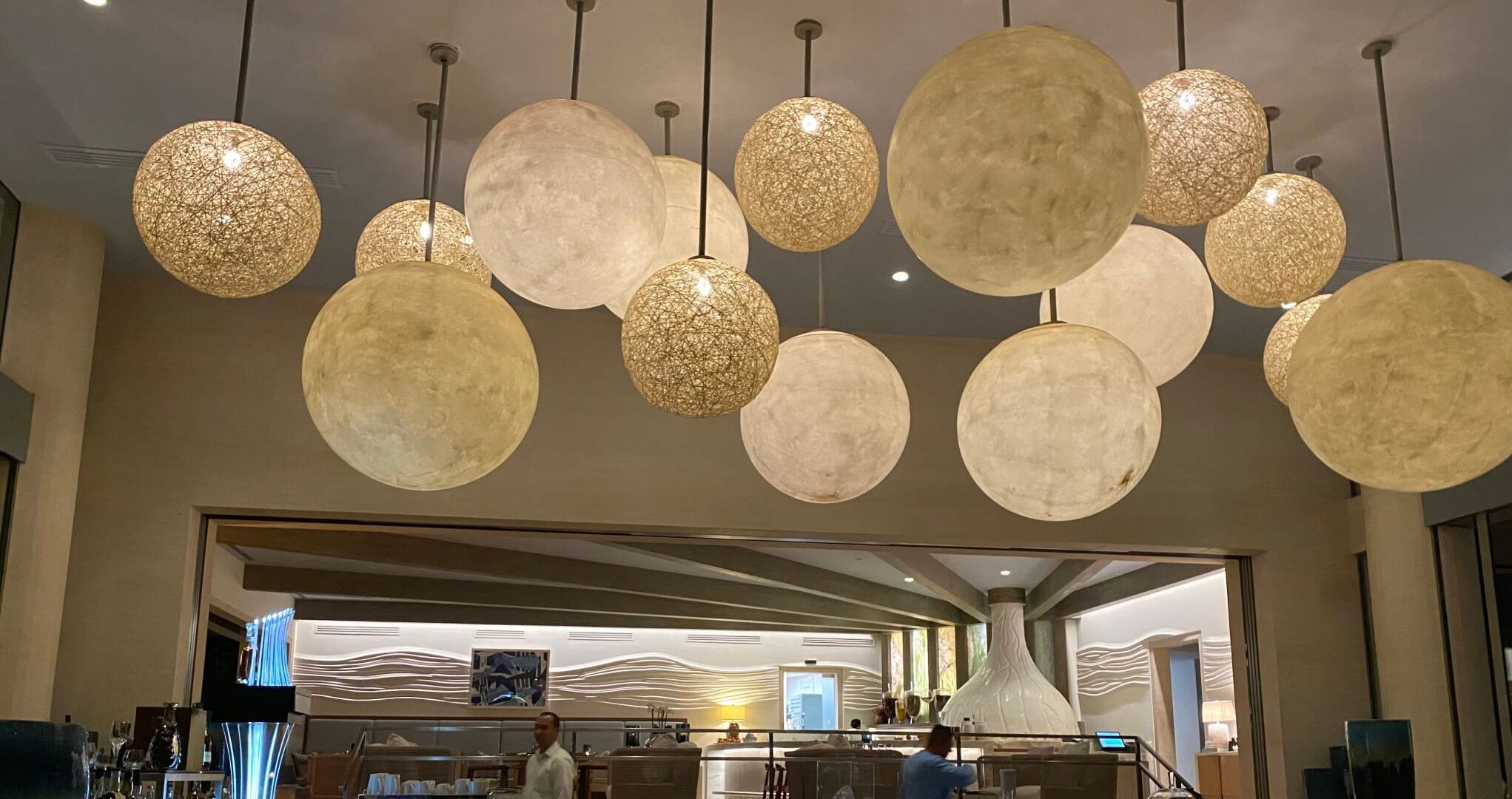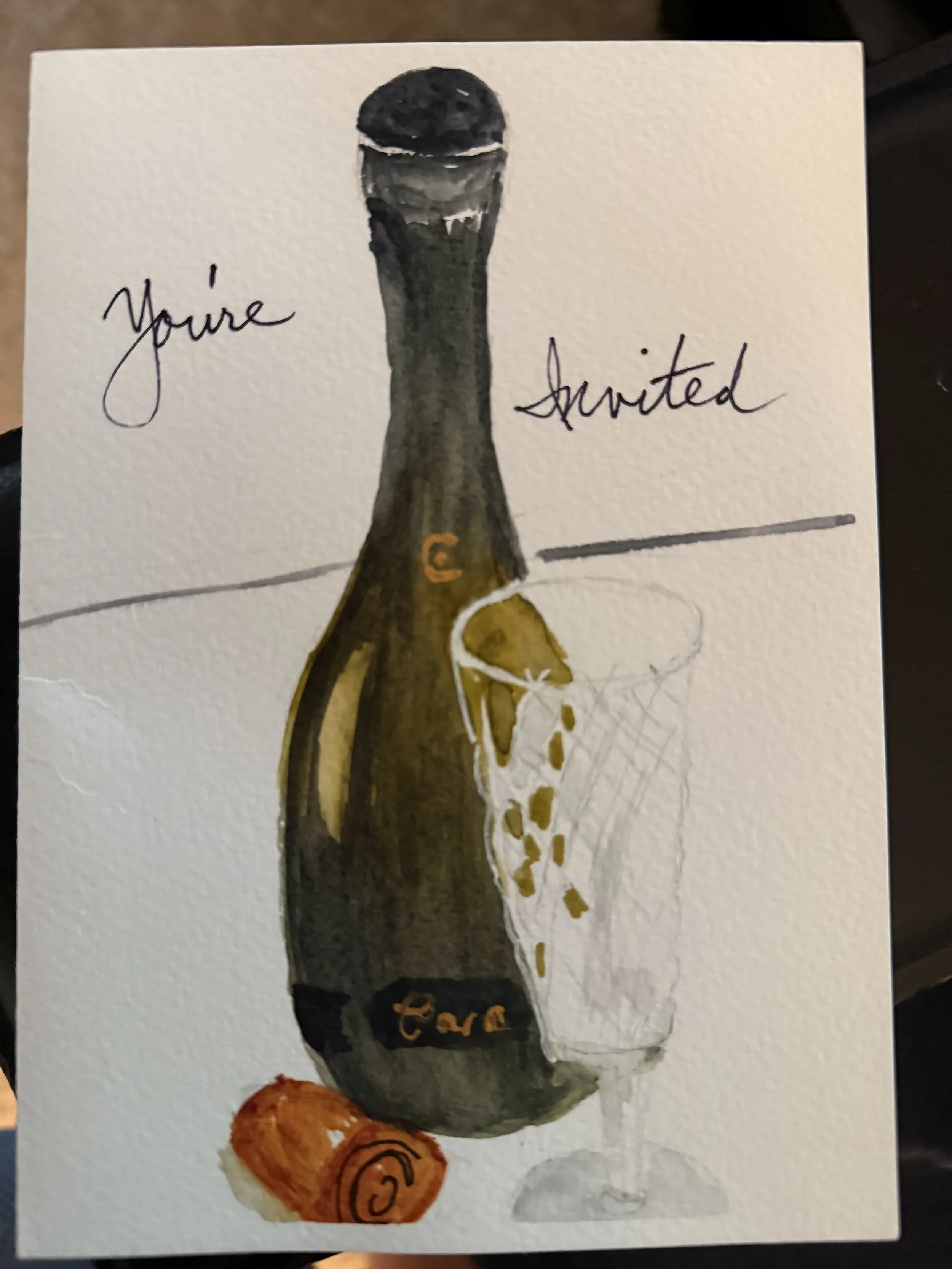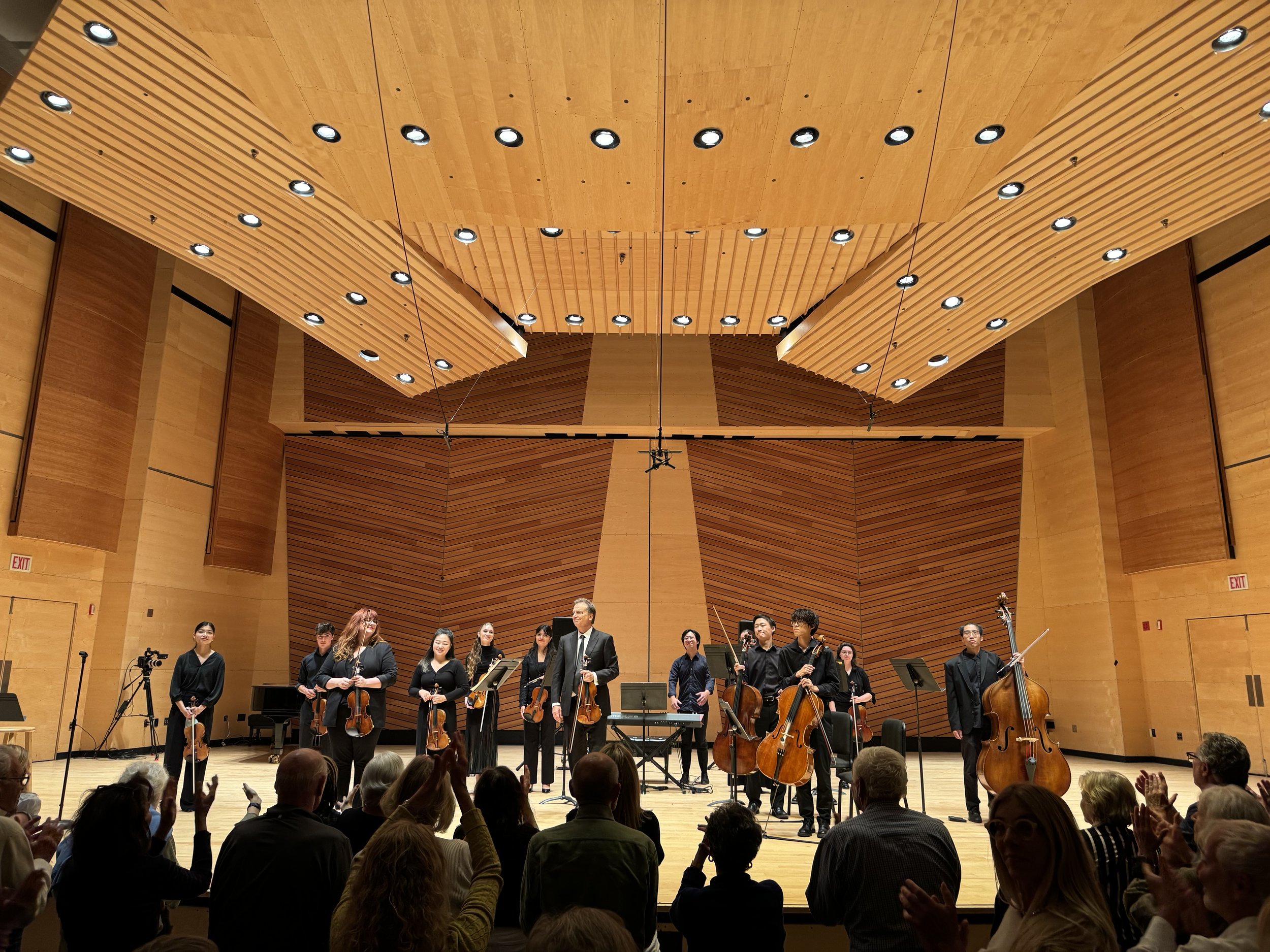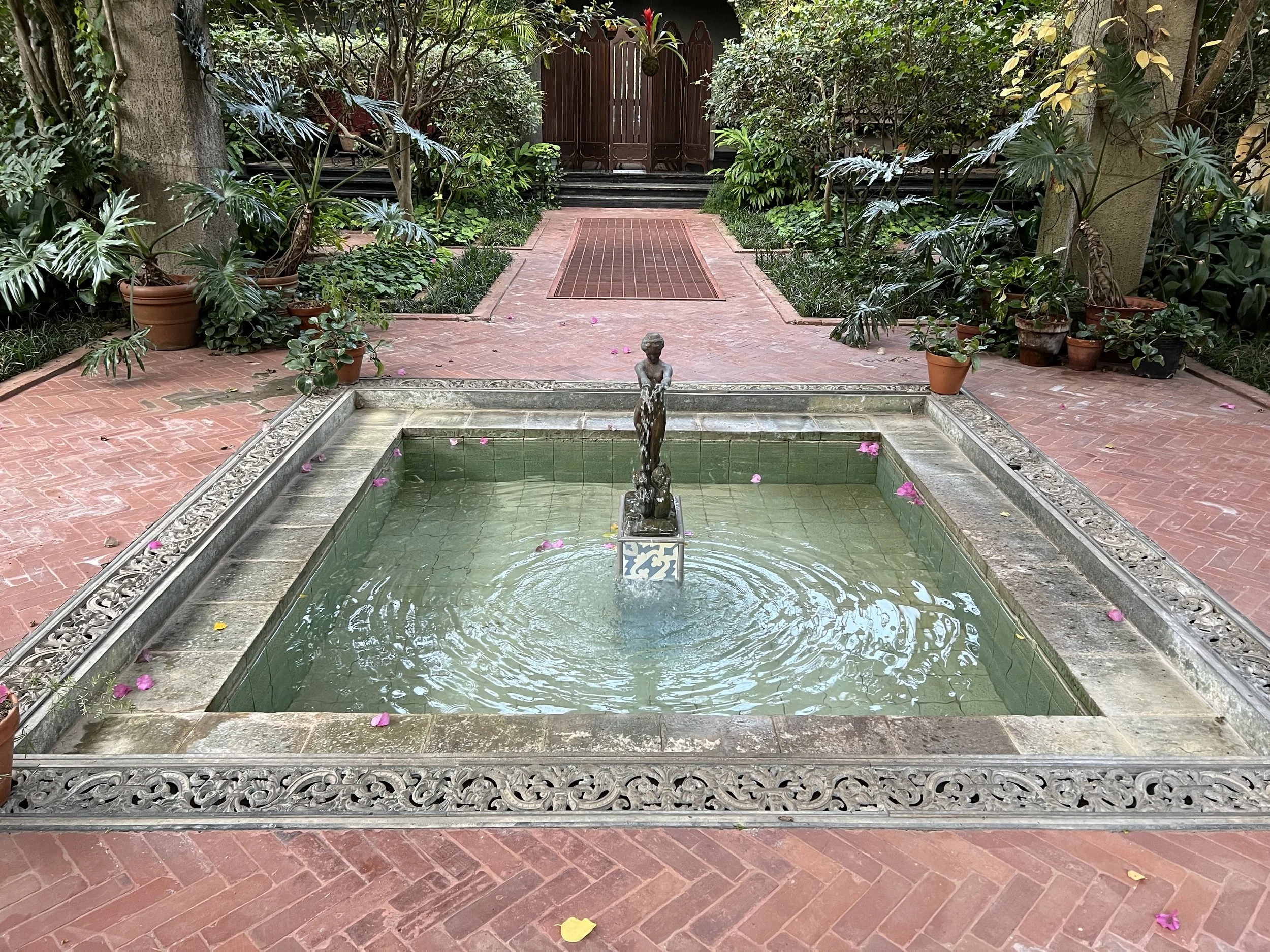The concept of having a conventional bid like Drury available to show a limit raise in support of partner’s Major suit when we are a passed hand is a regular part of most partnerships’ passed hand bidding structure. Given that making a 2/1 bid into a minor suit is not that attractive (or even possible!) by a passed hand, it makes sense to allocate both 2♣ and 2♦ as artificial raises of Opener’s third seat (or fourth seat) Major suit opening bid. Many partnerships that play Drury play 2-Way Drury, using one bid to show a 3-card limit raise and the other a 4-card limit raise. But a more sophisticated structure can allow us to describe even more hand types in the same bidding space.
(584) Exclusion Keycard
When we are interested in slam in a suit contract but have a void in one of the side suits, it adds some complexity to our slam bidding. We may be able to make a slam missing two Aces (or a grand slam missing an Ace), if partner does not have the Ace opposite our void. When exploring slam, we want to know if partner has that Ace or has the “good Aces”, the ones opposite our losers. One way that we find out about the location of partner’s Aces is by using control showing bids. This is especially effective if we use them to show first round control (if we play that our control showing bids could be 1st or 2nd round, then we know less about which Aces partner hold). There is a gadget that we can use in some auctions that allows us to try to solve this problem. This convention, called Exclusion Keycard, asks partner for their number of Keycards (or Aces if we play Blackwood), excluding one particular Ace – the place where we are void. This Exclusion allows us to find out if partner has enough of the “right Aces” for us to make slam.
(583) Problems with Kickback Keycard
Kickback is a convention that can make slam bidding easier, in that it gives us more space to ask partner for the Queen of trump, but it can also cause problems for us in the bidding. Any time we make a game contract (like 4♥ or 4♠) a conventional bid, there is danger that we have an expensive mixup with partner. Here we look at some classic danger auctions that may come up if we choose to play Kickback and then discuss some of the common partnership agreements or philosophies for how to handle these dangerous auctions.
(582) Kickback Keycard Ask
One of our most commonly used tools for determining if we should bid slam or not is Keycard Blackwood. The most popular version of this is 1430 Keycard. This tool allows us to exchange a lot of useful information with partner. We attempt to determine how many of the 5 Keycards we have, plus we also hope to be able to determine if we have the Queen of the trump suit. When ♠ is the trump suit, then we have plenty of bidding space to communicate, but when lower-ranking suits are the trump suit, using 4NT to ask for Keycards leaves us little room to exchange information without getting the auction too high. To fix this problem, some partnerships use Minorwood for their minor suit Keycard auctions, but this does not solve our problem in the ♥ suit. There is another approach, called Kickback, that tries to solve this problem. Let’s see how this works.
(581) More Specific Kings
In an Ace-asking auction, when we make the follow-up bid to ask partner about their Kings, we usually do so to investigate a grand slam (though some partnerships do this in order to determine if 6NT is good contract). Most partnerships start with the agreement that they answer this question by showing their number of Kings. But sometimes, a Grand Slam is not about partner having 2 or 3 Kings, but about them having the right single King. This “right King” is often the one opposite our long suit – allowing us to produce a large number of tricks. To get this information, many partnerships evolved their King-showing methods from “number of Kings” to “Specific Kings.” Here we look at how we can use Specific Kings in a variety of our Ace-asking auctions.
(580) More Queen Asks
When we move from playing Blackwood to Keycard Blackwood, we improve our slam bidding by including a discussion of the trump King and Queen. Playing Keycards (let’s say 1430), then partner’s answer to our 4NT ask sometimes tells us if they hold the trump Queen and other times does not. In the latter case we need to be able to ask partner if they hold the trump Queen, as we do not want to bid a slam missing a Keycard and the trump Queen. Let’s look at how we ask partner about the trump Queen in a variety of different auctions.
(579) Upgrade to Jacoby 2NT
Jacoby 2NT is a useful convention, but many players choose to try to improve it. The modern expert 2NT response to a 1M opening showing a limit raise or better (LR+), instead of game forcing, has many different inventors and advocates. In Europe, it is known as Limit Sternberg while in America, Larry Cohen popularized a similar approach. Let’s see how this works and how it can help improve our bidding. This one is fun for system bidding fans!
(578) Preempt Keycard
(577) Jump Shift Structure
When Opener makes a jump shift into a new suit with their second bid, it is a strong bid that creates a game forcing auction. This is a good bid because it ensures we reach game, but it is a bad bid because it eats up a lot of bidding space without fully describing our distribution. This is a problem. One of the most difficult opening hands to describe to partner is the unbalanced single-suited (one 6+card suit) hand with 18-19 HCP. This is one of the strongest hands that does not open the bidding 2♣. With this hand we usually open our suit at the 1-level and after partner responds at the 1-level, we lie in a minor suit. If our one suit is a Major, then we show our strength by making a jump shift into 3♣, even when we have very few ♣ (as few as 2 cards.) With this bid we create a game forcing auction (showing our values), but we distort our shape (partner expects that we have at least 4 cards in the ♣ suit). This can cause some confusion with partner if they have a large fit for our ♣ suit. We would like to have a way to let partner know that this jump shift is done on a single-suited hand, not on a two-suited hand. Let’s look at a system that helps us improve our jump shift methods.
(576) Kokish Over Strong 2C
Balanced hand bidding is relatively easy. We can usually describe our hand to partner by opening 1NT or rebidding 1NT. This lets partner know both our points and our hand type with either our first bid (when we open 1NT, the best situation) or with our second bid (when we rebid 1NT). However, if we have a big balanced hand then we need to have tools for describing our hand as well. These usually involve the use of 2NT – as a rebid, an opening bid, or even a rebid after having opened the bidding 2♣. But this does not solve all our bidding problems when we have these large balanced hands. Let’s look at these auctions in detail, see some of the issues, and then look at a useful gadget called Kokish to help us bid better.
(558) NT and Balancing Auctions: 14-16 1NT Opening
(548) NT Bidding: Modern, Transfer, and Modern Transfer Lebensohl
Lebensohl is an excellent system for dealing with interference over our 1NT opening bids, but it has some flaws. In Lebensohl auctions, we will sometimes play the hand from the “wrong” side (Responder’s side), and Responder often has three strengths (buckets) to describe. Let’s see how Transfer Lebensohl is an upgrade to help solve these problems.
(540) Slam Bidding: Last Train Slam Try
One of the ways that we investigate slam in a suit contract is the use of control showing bids. When one member of the partnership is interested in slam then they show this interest by making a control showing bid. Based on our partnership agreement this control showing bid either shows a 1st round control or a 2nd round control in the suit bid. Once we start the process of making control showing bids then we continue to do so to explore slam. But as the auction approaches game we have a big decision to make: should we go past game or not? This can be a difficult decision; we should not go past game without a good reason, often some extra values. In this situation we would like to have a way to make “one more try for slam”. The way that we do that is with a convention called the Last Train to Clarksville (“Last Train”). Let’s see how this gadget works!
(539) Slam Bidding: Non-Serious 3NT
When we find a Major suit fit at the 3-level in a game forcing auction, then partner is usually expressing interest in slam (because without slam interest, partner would have applied the Principle of Fast Arrival and bid 4M.) In this case, now we usually express whether we have slam interest or not by either making a cuebid or simply bidding game with 4M. A partnership can use a gadget called “Non-Serious 3NT” to gain even further clarification about a player’s level of slam interest.
(538) Slam Bidding: Q-Minorwood
When we have a minor suit fit, keeping the auction below 5-minor while trying for slam is one of the advantages of Minorwood — using 4-minor as an Ace-asking tool. By making an improvement to our Ace-showing structure in Minorwood, we can combine both Keycard-asking and quantitative bidding into one structure. This new structure is called Q-Minorwood.
(537) Slam Bidding: Responding to 4NT Keycard with a Void
When partner bids 4NT as Keycard in our established fit, a void in a side suit can be useful. We may still be able to make a slam if we are missing two Aces/Keycards if the void is in a suit of one of those missing side Aces. We need a way to tell partner about this void if we haven’t already done so earlier in the auction.
(535) Slam Bidding: 5NT Choice of Slams
5NT is not a common bid. We most frequently use it in Ace-asking auctions to ask for Kings. We have another use of a 5NT bid in Grand Slam Force, but trying for a grand slam is a rare occurrence and we would like to use 5NT (especially a jump to 5NT) for another more frequently useful purpose. The modern approach is to play a jump to 5NT as a “choice of slams” to help us find the best small slam. Let’s see how this works.
(534) Slam Bidding: 5-Major Bids - "Obvious Question"
We can use a 5-Major bid for something other than to end the auction. 5-Major can be bid concisely for a variety of reasons -- to take away bidding space from the opponents or to ask partner a specific question (which we call the “obvious question”). Let’s look at our options for how to make use of this 5-Major bid.
(533) Slam Bidding: Minor Suit Slams After 1NT Openings
Minor suit slams are much harder to bid than Major suit slams. This is especially true after we open the bidding with 1NT (or 2NT). We start off the auction looking for Major suit fits and only then look for our minor suit fits after that. Major suit-showing bids are the cheapest bids and that means that our minor suit-showing bids take up more space. We look at how we overcome this bidding challenge to bid good minor suit slams.

























